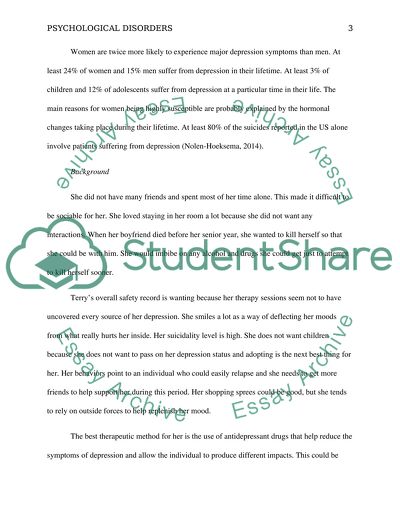Cite this document
(“Case Reports Study Example | Topics and Well Written Essays - 1000 words”, n.d.)
Retrieved from https://studentshare.org/psychology/1674975-case-reports
Retrieved from https://studentshare.org/psychology/1674975-case-reports
(Case Reports Study Example | Topics and Well Written Essays - 1000 Words)
https://studentshare.org/psychology/1674975-case-reports.
https://studentshare.org/psychology/1674975-case-reports.
“Case Reports Study Example | Topics and Well Written Essays - 1000 Words”, n.d. https://studentshare.org/psychology/1674975-case-reports.


